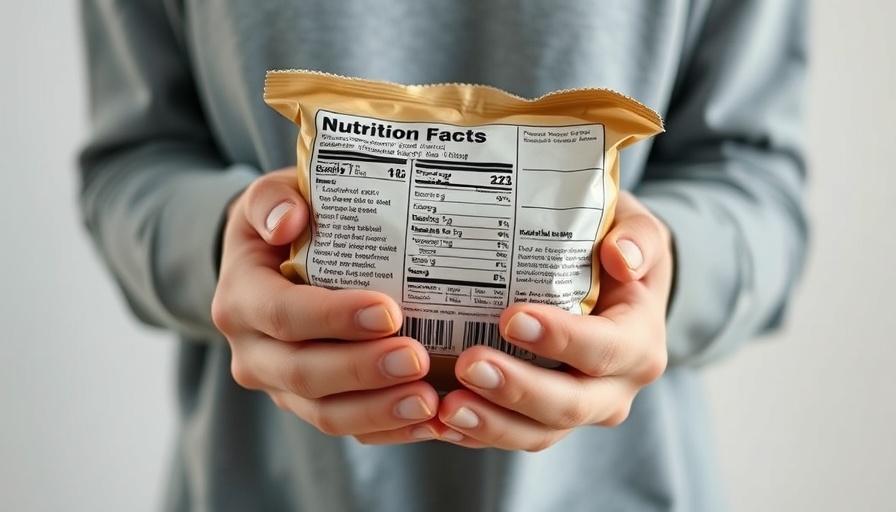
Decoding Ingredients: Your Guide to Healthier Choices
In today’s world of processed foods, reading ingredient labels often feels like trying to solve a complex jigsaw puzzle. Many parents and health-conscious adults find themselves overwhelmed by long names and obscure additives while shopping for groceries. This article aims to simplify that process, using insights from the video The Ultimate Ingredient Guide: Everything You Need to Know. Armed with knowledge, you can make informed decisions about what's truly safe and beneficial for your family.
In The Ultimate Ingredient Guide: Everything You Need to Know, the discussion dives into decoding food labels, exploring key insights that sparked deeper analysis on our end.
Common Ingredients to Embrace
It's not all doom and gloom; some ingredients are beneficial and can even enhance your diet. Let's delve into a few noteworthy examples:
Ascorbic Acid - More commonly known as Vitamin C, ascorbic acid acts as a potent antioxidant, helping to preserve the freshness of foods while supporting immune function.
Lecithin - Derived from soy or sunflower, this natural emulsifier helps maintain ingredient stability. Some studies even suggest it may offer benefits for brain health.
Citric Acid - Found in citrus fruits, citric acid serves as both a preservative and a flavor enhancer. It’s generally safe when consumed in moderation.
Guar Gum and Xanthan Gum - Often used in gluten-free options and sauces as thickeners, these ingredients are safe for most people, though they may cause digestive discomfort if consumed excessively.
Natural Flavors - While the term 'natural' can be misleading as some may still be processed, these flavors are generally not harmful and can enhance the overall taste of foods.
Ingredients to Watch Carefully
While some ingredients can be benign or beneficial, others require a more cautious approach. Here are several worth monitoring:
Carrageenan - Often used in dairy and plant-based milks for thickening, this ingredient has been linked to digestive issues in certain individuals.
Sodium Nitrate - Commonly found in processed meats, high consumption has been associated with an increased risk of cancer. Moderation is key.
Artificial Sweeteners - While calorie-free and appealing for weight control, these substances can have controversial effects on metabolism and gut health. Using them sparingly is advisable.
Monosodium Glutamate (MSG) - Used to intensify savory flavors, MSG is generally safe in small amounts, but individual reactions vary.

Ingredients to Avoid
The following ingredients should be avoided as much as possible due to health risks:
Partially Hydrogenated Oils - Known as trans fats, these oils are linked to heart disease and are banned in many countries. Always avoid if listed.
High Fructose Corn Syrup - This cheap sweetener can lead to weight gain and spikes in blood sugar levels. Limiting or avoiding products containing it is recommended.
Artificial Colors - Found in a variety of foods, dyes like Red 40 and Yellow 5 may have unknown long-term effects and can affect behavior in sensitive children.
The Importance of Ingredients Knowledge
Understanding these label ingredients empowers parents and adults to navigate their grocery shopping effectively, ensuring they choose healthier options for their families. It’s not just about avoiding certain ingredients, but also about making smarter choices that will contribute to overall wellness.
Final Considerations for Healthy Eating
In a world filled with choices, being educated about what goes into your food can significantly impact your health, wellness, and lifestyle. Whether you're dealing with allergies or simply striving for a balanced diet, knowing which ingredients to welcome and which to avoid keeps you proactive in managing your family's nutrition. For continuous updates and further educational insights, consider sharing this knowledge with family and friends—they’ll appreciate the guidance!
 Add Row
Add Row  Add
Add 




Write A Comment